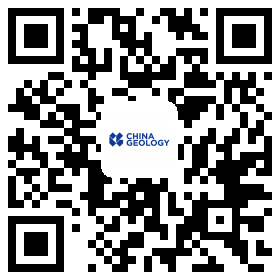column
2021, 4(2): 205-214.
DOI: 10.31035/cg2020056
2021, 4(2): 215-229.
DOI: 10.31035/cg2021014
2021, 4(2): 329-352.
DOI: 10.31035/cg2021037
2021, 4(2): 371-374.
DOI: 10.31035/cg2021039










